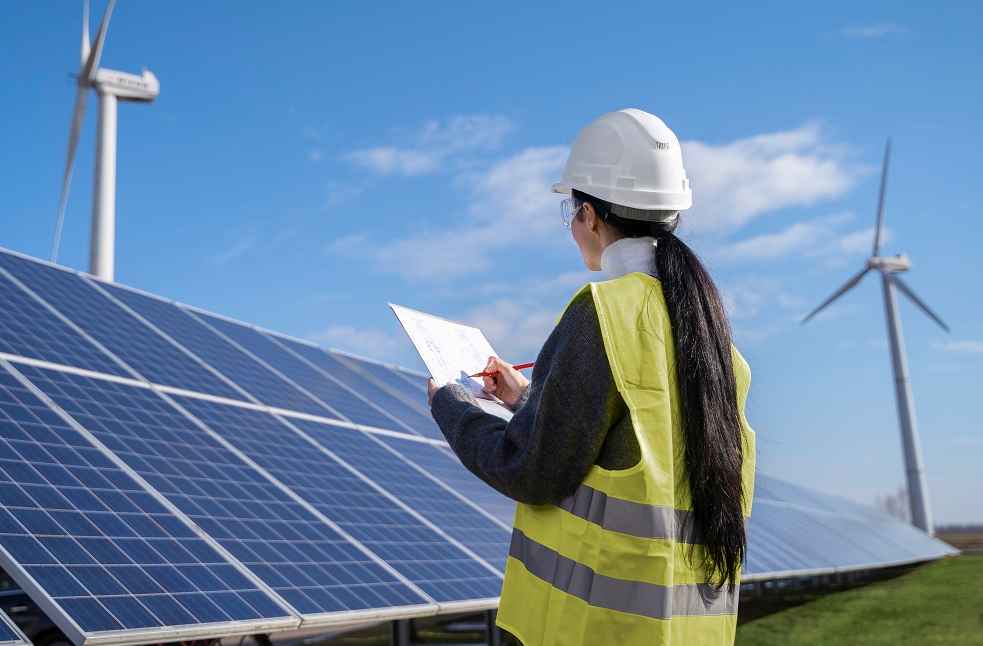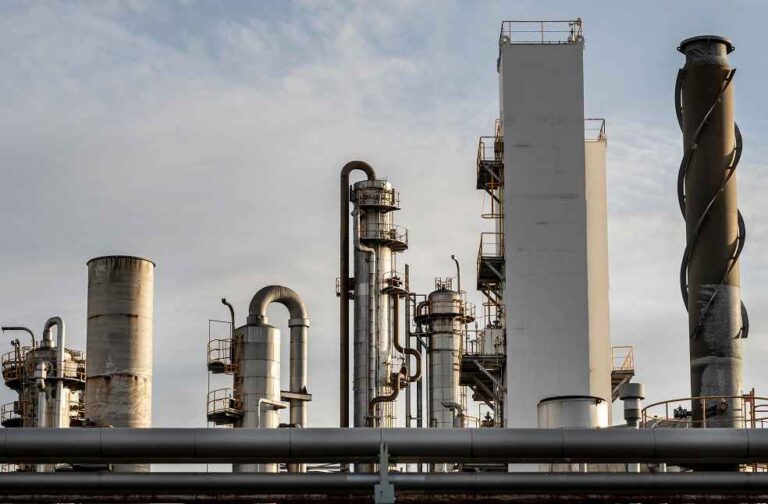Berlin: zSudzha is a major processing centre for Russian gas exports to the European Union, supplying countries such as Hungary, Austria, and Slovakia.
Despite the conflict, both Russia and Ukraine aim to maintain uninterrupted gas flows through Sudzha, Russia’s only transit point for gas passing through Ukraine.
Gas Transit Deal Nearing Expiry
In December 2019, Russia and Ukraine signed a five-year agreement involving state-owned companies Gazprom and Naftogaz to transport Russian gas through Ukrainian territory. This contract is set to expire in December 2024, and Ukraine has indicated it does not intend to renew the deal. Russia has confirmed that gas deliveries will continue until the agreement ends.
Europe’s Dependence on Russian Gas
The war in Ukraine has forced European leaders to confront their reliance on Russian energy supplies. In 2021, Russia provided about one-third of the EU’s gas. By 2023, imports of Russian pipeline gas had dropped to approximately 8%, according to EU data.
Including liquefied natural gas (LNG), which is transported by ship, Russian gas accounted for 15% of the EU’s total supply last year. The Centre for Research on Energy and Clean Air (CREA) reported that in the first half of 2024, the EU imported €3.6 billion worth of Russian LNG and €4.8 billion of Russian pipeline gas, making up three-quarters of the bloc’s spending on Russian hydrocarbons, including oil.
Seeking Alternative Energy Sources

Austria, Hungary, and Slovakia continue to import Russian gas via pipelines. Austria relies heavily on these imports but claims to be actively seeking alternative sources. Hungary and Slovakia, despite maintaining favourable relations with Moscow, are preparing for the cessation of gas transit through Ukraine by late 2024. Hungary recently secured a gas deal with Turkey, though this supply also originates from Russia via the TurkStream pipeline.
Slovak gas company SPP has been preparing for potential disruptions by securing contracts with non-Russian suppliers.
Future of Russian Gas Supplies to Europe
With the expected closure of the Ukrainian transit route, the TurkStream pipeline may become the primary channel for Russian gas to Europe. Currently, Russia is the EU’s second-largest LNG supplier, providing 16% of its LNG in 2023—a 40% increase from 2021.
CREA notes that 22% of Europe’s Russian imports in 2023 were re-exported to global markets. The Institute for Energy Economics and Financial Analysis (IEEFA) reported a 12% increase in EU transshipments of Russian LNG in the first half of 2024 compared to the same period last year.
In response, the EU has decided to ban Russian LNG transshipments in its ports starting March 2025, aiming to reduce dependency and enhance energy security amid ongoing geopolitical tensions.
MOST READ | UN condemns rising violence against humanitarian workers



